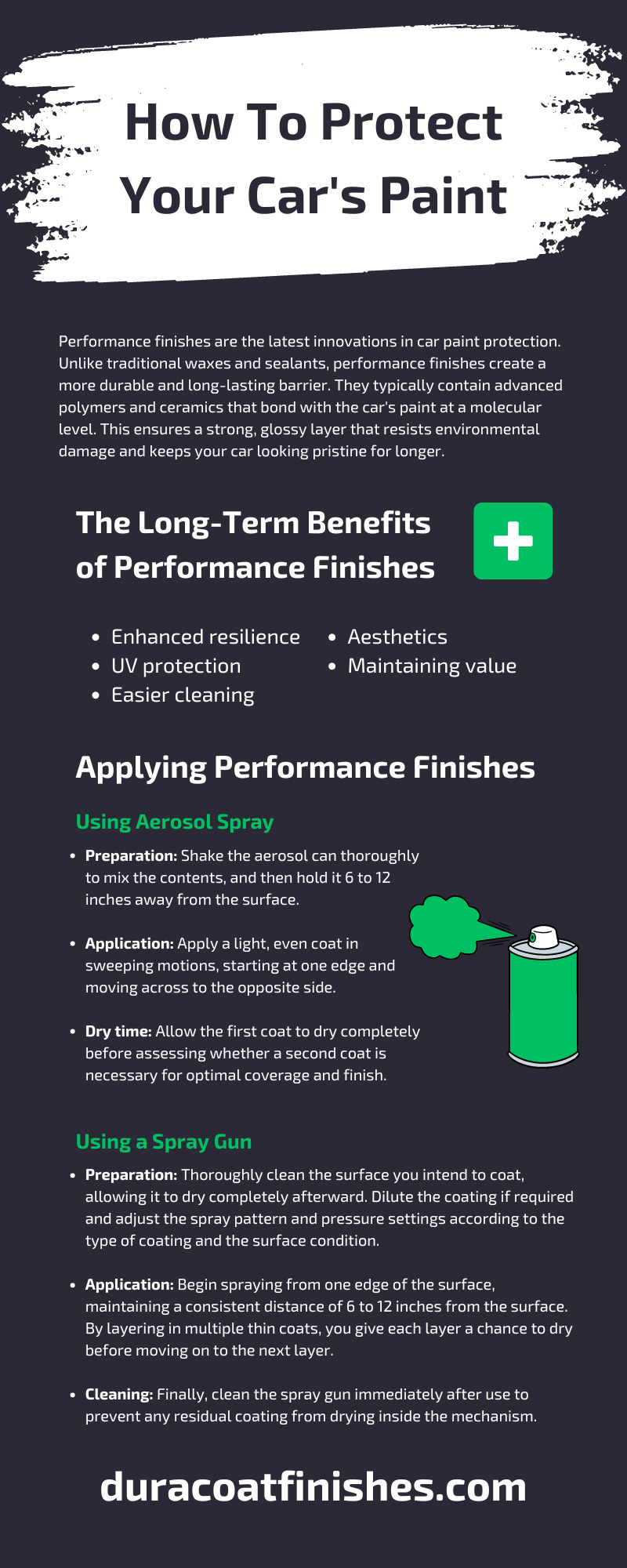How To Reduce Your Status as a Waste Generator

Reducing waste is a mainstay of doing good business. Even before “going green” and “being eco-friendly” became buzzwords, great business leaders realized that keeping waste levels low ensured a healthier bottom line. If you strive for sustainability in your business, from both a corporate and environmental perspective, seek to reduce your waste output. It looks better for your brand, saves money, and improves efficiency overall. Here’s a comprehensive guide on how to reduce your status as a waste generator.
Understand Waste Generation
Every business creates waste. It’s unavoidable! Waste generation refers to the total amount of waste a business creates through its operations, such as manufacturing, packaging, processing, and other daily activities. We can categorize the waste itself into several groups.
- Municipal solid waste (MSW) is what most people think of when they imagine trash or garbage. MSW involves everyday items like packaging, food scraps, paper materials, and more.
- Industrial waste comes from industrial activities. It may consist of chemical byproducts, scrap materials, and more.
- Hazardous waste poses a threat to human life, the environment, and the like. Hazardous waste may be toxic, reactive, ignitable, and/or corrosive. Batteries, chemical waste, oil, and other matter may be qualified as hazardous waste, as it is harmful.
- Construction and demolition debris includes waste generated by the construction or destruction of buildings or other projects.
Learn how to differentiate between waste to will help with the following suggestions.
Benefits of Reducing Waste Generation
There’s no downside to reducing waste. Here are a few of the biggest benefits of assessing and diminishing your waste output.
Save $$$
Reducing waste, of course, means spending only as much as you need on parts, supplies, and raw materials. It also means saving on disposal costs. For instance, there’s no need to pay more for hazardous waste cleanup services than necessary! Reducing waste also means less chance of being fined or otherwise penalized for improper waste disposal, pollution, and the like.
Reduce Your Environmental Impact
When you reduce waste, you’re aiding the environment, as well. Reducing greenhouse gas emissions, lowering the amount of trash in landfills, and so forth makes for cleaner air, soil, and water and meets federal and other regulatory requirements. A cleaner world is a better world to do business in!
Improve Brand Reputation
Waste reduction is important to many consumers these days. When you make an effort to reduce waste, take the time to point out that you’re doing so—no need to be modest! Waste reduction is good for business and great for the environment. It’s also a powerful marketing tool that makes your brand stand out and shine as an example to others.
How To Reduce Your Waste Output
We’ve talked about why waste reduction is a good thing. Now, here’s how to do it properly.
Conduct a Waste Audit
Where is your waste coming from? You probably have a general idea about where it originates and how much your company produces, but look for the specifics. Examine your waste streams. Where is the waste being generated, what does it consist of, and how much are you producing? When you have this data, you’ll have a clearer notion of how to proceed. Consider the following steps:
- Sort and weigh the waste. Over a specific period, collect and sort your waste into categories, then weigh and measure it. Obviously, take care with hazardous waste.
- Analyze the data. Take a look at the statistics, and see what sort of waste dominates. For example, do you generate more plastic than paper and metal waste?
- Set baselines. After tabulating all the data and seeing what shows the most significant numbers, set a goal for the future. Targeting a specific amount of waste to generate (or not generate) by a certain date.
Reduce, Reuse, Recycle
The pillars of waste management are reduce, reuse, and recycle—easy enough to remember. Learn some best practices for implementing and achieving these pillars.
- Strive to reduce quantity without hurting quality. If you package your products, opt for minimal packaging by reducing the amount of paper, metal, plastic, or whatever material you use. Biodegradable materials are good choices since they break down naturally and reduce waste for your customers and clients.
- Creating a paperless office isn’t a pipe dream. Keep documentation digital, and you’ll spend less on paper, save trees, and stop filling the world with single-use paperwork!
- Review your inventory, materials, stocks, and more. Improving inventory management opens the door to reducing overstock, avoiding unused and expired materials and products, and saving on supplies.
- Avoid using anything just once whenever possible. If there’s still life left in a material, device, or other item, make the most of it!
- If you find yourself with a pile of scraps after a project, find another project where you might use them. With a little creativity, you’ll save time, money, and landfill space by finding creative ways to reuse waste.
- Encourage a culture of reuse, and educate employees on ways to save money by reusing office supplies, scrap materials, and the like. Ask them for ideas on reusing and recycling materials. You may be surprised by what they come up with!
- One business’s trash is another’s treasure. See if local companies and institutions have any use for your waste materials. What’s useless to you might be a godsend to them.
Recycling Tips
Almost everything old can be new again. Explore recycling options to reduce waste in and around the facility as well as the community.
- Set up recycling stations by positioning clearly labeled bins around your facility. Encourage employees to sort their trash into renewable resources of metal, plastic, paper, and so on.
- Educate employees, and make sure they know what’s recyclable and what’s not. They may already have a good idea about such things, but it helps to refresh their knowledge. Again, encourage them to contribute ideas about recycling, and seek their feedback on recycling protocols.
Those are just a few ideas on how to reduce your status as a waste generator. Implement them today, and watch your profits and status with your customers rise!

